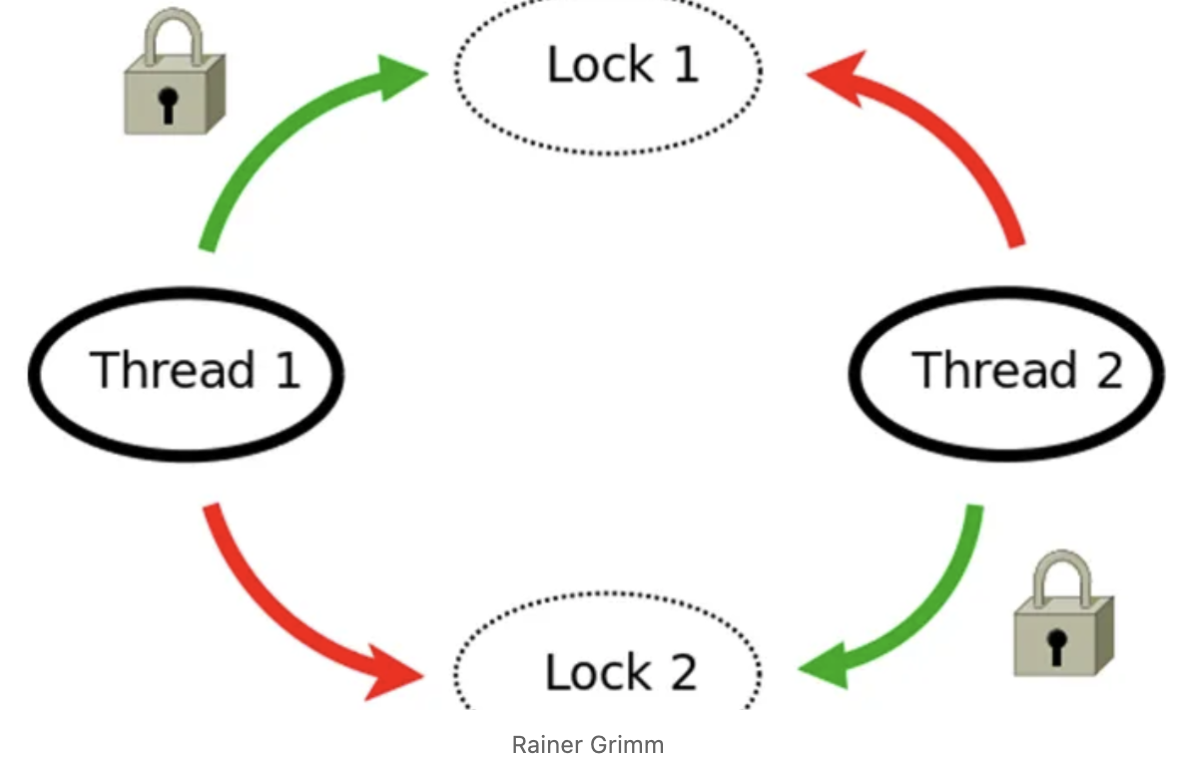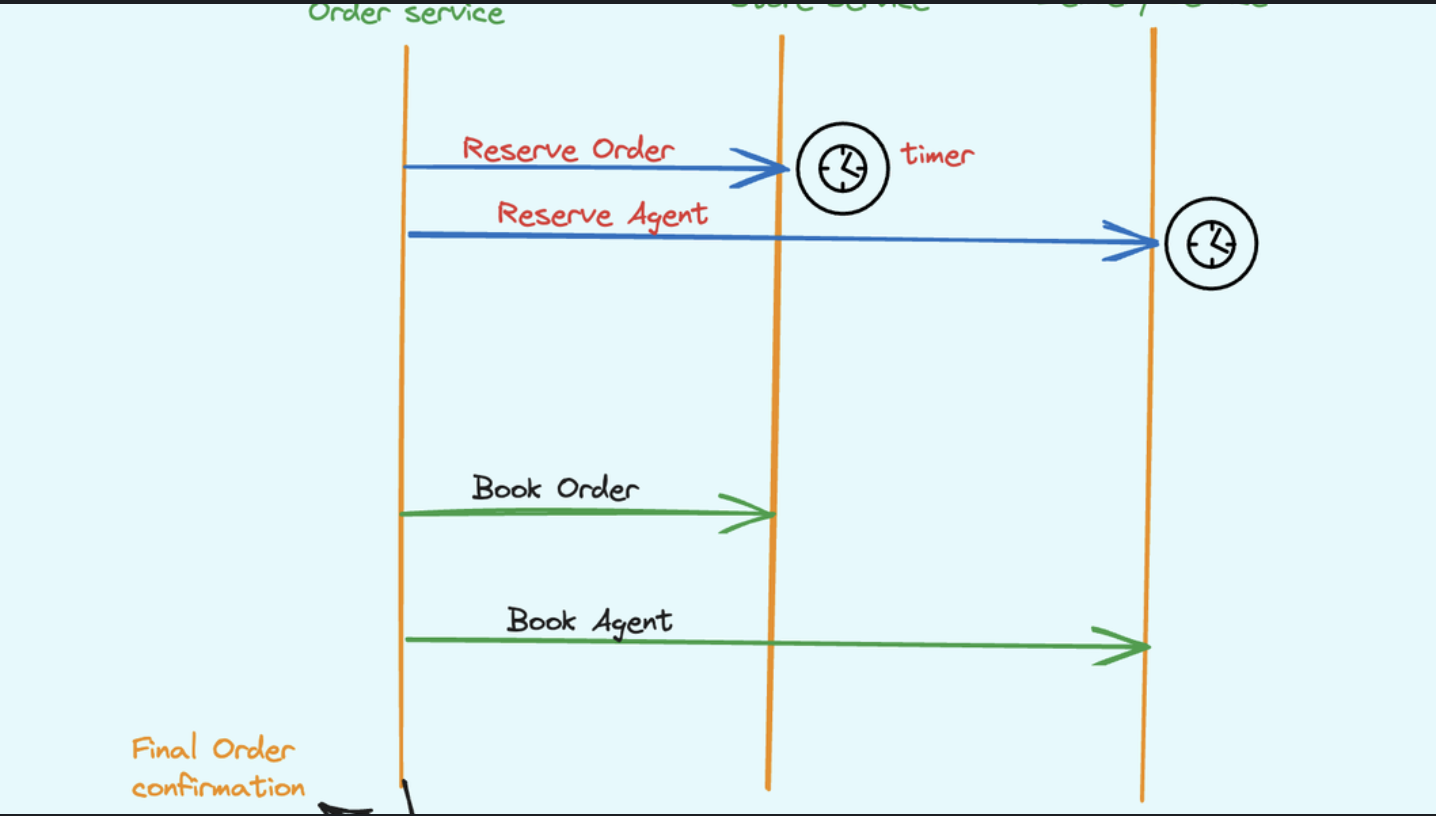The Hidden Challenge of Modern Software
Imagine you’re managing a busy coffee shop. Multiple baristas are working simultaneously, sharing resources like the cash register, coffee machines, and order system. How do you ensure that two baristas don’t accidentally charge the same customer twice or prepare the same order simultaneously? This is exactly the problem mutex locks solve in the world of computer programming.
What Exactly is a Mutex Lock?
At its core, a mutex lock (short for “mutual exclusion”) is like a special token in a complex digital workspace. When a thread (think of it as a digital worker) wants to access a shared resource, it must first grab this token. Only one thread can hold the token at a time, ensuring that critical operations happen smoothly and without conflicts.
Why Do We Need Mutex Locks?
The Chaos of Uncontrolled Concurrency
Let’s break down why mutex locks are crucial:
-
Preventing Race Conditions Imagine two bank tellers trying to update the same bank account balance simultaneously. Without proper synchronization, money could mysteriously appear or disappear. Mutex locks prevent such digital mayhem.
-
Protecting Shared Resources Think of a mutex lock as a digital bouncer, allowing only one thread to enter a VIP area (critical section) at a time. This prevents data corruption and ensures system stability.
-
Maintaining Data Integrity In complex systems like databases, financial applications, and real-time systems, a single mismanaged operation can cause catastrophic failures.
Real-World Scenarios: Where Mutex Locks Save the Day
- Banking Systems A classic example of mutex lock application. When multiple transactions occur simultaneously, mutex locks ensure that:
- Account balances are calculated correctly
- No money is accidentally created or lost
- Transactions are processed sequentially and accurately
- Multi-Player Gaming In online games, mutex locks help manage:
- Player inventory updates
- Simultaneous game state changes
- Preventing duplicate item creations or score manipulations
- Cloud Computing and Distributed Systems Mutex locks are critical in managing:
- Resource allocation
- Preventing duplicate task execution
- Ensuring consistent data across multiple servers
How Mutex Locks Actually Work
The Basic Mechanism
-
Lock Acquisition A thread requests access to a shared resource It tries to acquire the mutex lock If the lock is available, the thread gets exclusive access
-
Critical Section The thread performs its operations No other thread can interrupt or access the same resource
-
Lock Release After completing its task, the thread releases the lock Another waiting thread can now acquire the lock
Practical Code Example: Understanding Mutex in Action
import threading
class SafeBankAccount:
def __init__(self, initial_balance=1000):
self.balance = initial_balance
self.account_lock = threading.Lock()
def withdraw(self, amount):
# Using mutex to ensure safe withdrawal
with self.account_lock:
if self.balance >= amount:
self.balance -= amount
return True
return False
# Simulating concurrent withdrawals
def concurrent_withdrawal(account, amount):
success = account.withdraw(amount)
print(f"Withdrawal of ${amount} {'successful' if success else 'failed'}")
# Demonstration of safe concurrent access
account = SafeBankAccount()
threads = [
threading.Thread(target=concurrent_withdrawal, args=(account, 500))
for _ in range(3)
]
for thread in threads:
thread.start()
Common Pitfalls and Best Practices
Potential Challenges
- Deadlocks Occurs when threads get stuck waiting for each other Avoid by carefully designing lock acquisition strategies.
- Performance Overhead Mutex locks add some computational complexity Use them judiciously and keep critical sections short.
Best Practices
- Minimize lock duration
- Use fine-grained locking
- Avoid complex lock hierarchies
- Consider alternative synchronization mechanisms for high-performance scenarios
The Broader Synchronization Landscape
Mutex locks are just one tool in concurrent programming:
- Semaphores
- Read-Write Locks
- Atomic Operations
- Message Passing Techniques
At the End
Mutex locks might seem like a small technical detail, but they’re fundamental to building robust, reliable software in our increasingly concurrent world. By understanding and implementing them correctly, developers can create systems that are not just fast, but also predictably safe.
- Mutex locks prevent race conditions
- They ensure data integrity in multi-threaded environments
- Careful implementation is key to avoiding synchronization issues
Remember: In the world of concurrent programming, a well-placed mutex lock is worth a thousand debugging sessions!💡



